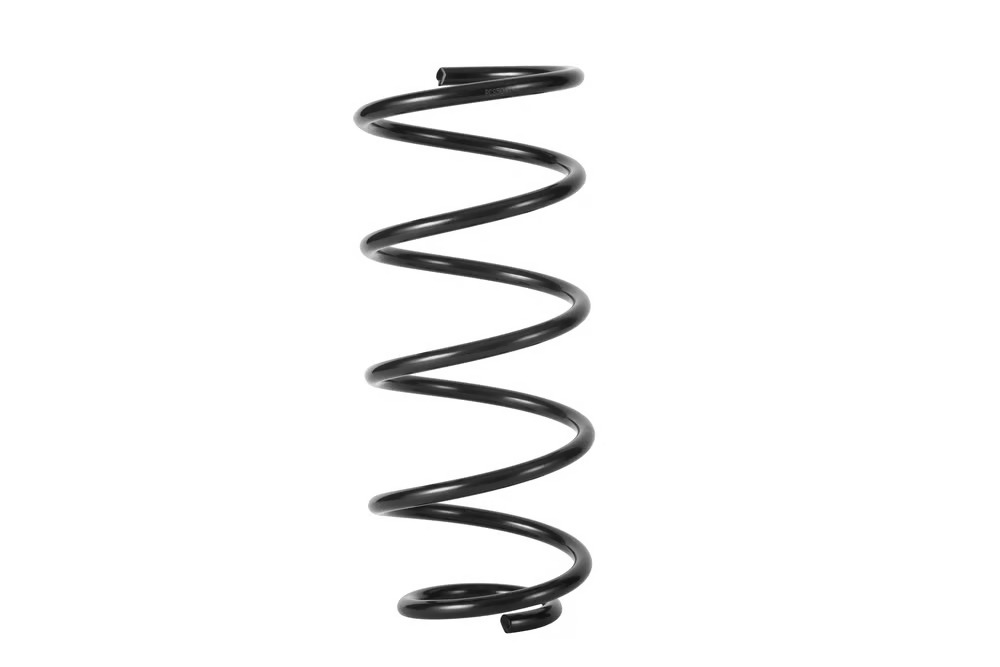Car Suspension Springs: Everything You Need to Know
If you've ever wondered how your car maintains a smooth and comfortable ride even on uneven road surfaces, the answer lies in the car suspension springs. These vital components play a crucial role in absorbing shocks and vibrations, ensuring a safe and enjoyable driving experience. In this article, we will explore the different aspects of car suspension springs, from their types and functions to their maintenance and replacement. So, let's dive in and learn more about car suspension springs!
The Importance of Car Suspension Springs
Car suspension springs are responsible for maintaining the contact between the tires and the road surface. They help to distribute the weight of the vehicle evenly, absorb shocks from bumps and potholes, and provide stability during cornering and braking. Without properly functioning suspension springs, your car's ride quality would be compromised, leading to a bumpy and uncomfortable journey.
The Types of Car Suspension Springs
There are several types of car suspension springs, each designed to suit different vehicle models and driving conditions. The most common types include coil springs, leaf springs, torsion bars, and air springs.
1. Coil Springs
Coil springs are the most commonly used type of suspension springs. They consist of a series of metal coils that compress and expand to absorb shocks. Coil springs offer a good balance between comfort and handling, making them suitable for a wide range of vehicles.
2. Leaf Springs
Leaf springs, also known as cart springs, are made up of multiple layers of flexible metal strips called leaves. These leaves are stacked on top of each other and held together by clamps. Leaf springs are commonly found in trucks and SUVs due to their ability to handle heavy loads and provide a smooth ride.
3. Torsion Bars
Torsion bars are long metal bars that twist and untwist to provide suspension movement. They are commonly used in vehicles with independent front suspension. Torsion bars offer excellent durability and are often adjustable to fine-tune the vehicle's ride characteristics.
4. Air Springs
Air springs, also known as airbags, use compressed air to support the vehicle's weight and absorb shocks. These springs are typically found in luxury vehicles and heavy-duty trucks. Air springs can be adjusted for different load conditions, providing a comfortable and stable ride.
How Car Suspension Springs Work
To understand how car suspension springs work, we need to explore the basic principles of physics. When your car hits a bump, the suspension springs compress, storing potential energy. As the wheels move up and down, the springs release the stored energy, absorbing the impact and minimizing the transfer of shocks to the vehicle's body and passengers.
Maintaining Car Suspension Springs
Regular maintenance is crucial to ensure the longevity and optimal performance of your car suspension springs. Here are a few tips to keep in mind:
1. Inspect for Damage
Regularly inspect your suspension springs for signs of damage, such as cracks, rust, or sagging. If you notice any issues, it's essential to have them replaced as soon as possible to prevent further damage to your vehicle's suspension system.
2. Check Alignment and Balance
Misaligned wheels and unbalanced tires can put excessive strain on your suspension springs. Regularly check and adjust the wheel alignment and balance to ensure even weight distribution and minimize unnecessary wear on the springs.
3. Avoid Overloading
Overloading your vehicle can cause the suspension springs to compress beyond their intended capacity, leading to premature wear and reduced performance. Always adhere to your vehicle's load capacity specifications and avoid exceeding them.
When to Replace Car Suspension Springs
Like any other automotive component, car suspension springs have a limited lifespan. Over time, they may lose their elasticity and become weak, compromising their ability to absorb shocks effectively. Here are some signs that indicate the need for spring replacement:
1. Excessive Bouncing
If your car bounces excessively after hitting a bump or a pothole, it could be a sign that your suspension springs are worn out and need replacement. A properly functioning suspension should absorb the impact and provide a smooth ride.
2. Uneven Tire Wear
Uneven tire wear can indicate a suspension issue, including worn-out springs. If you notice that your tires are wearing unevenly, it's advisable to have your suspension system inspected by a qualified mechanic.
3. Sagging or Bottoming Out
If you notice that your car sits lower than usual or bottoms out when carrying a normal load, it could be a sign of worn-out suspension springs. Sagging or bottoming out can affect your vehicle's stability and handling, so prompt replacement is essential.
Conclusion
Car suspension springs play a vital role in ensuring a smooth and comfortable ride. With various types available, it's important to choose the right springs for your vehicle and driving conditions. Regular maintenance and timely replacement are essential to keep your suspension system in top shape. By paying attention to the signs of wear and addressing them promptly, you can enjoy a safe and enjoyable driving experience for years to come.

